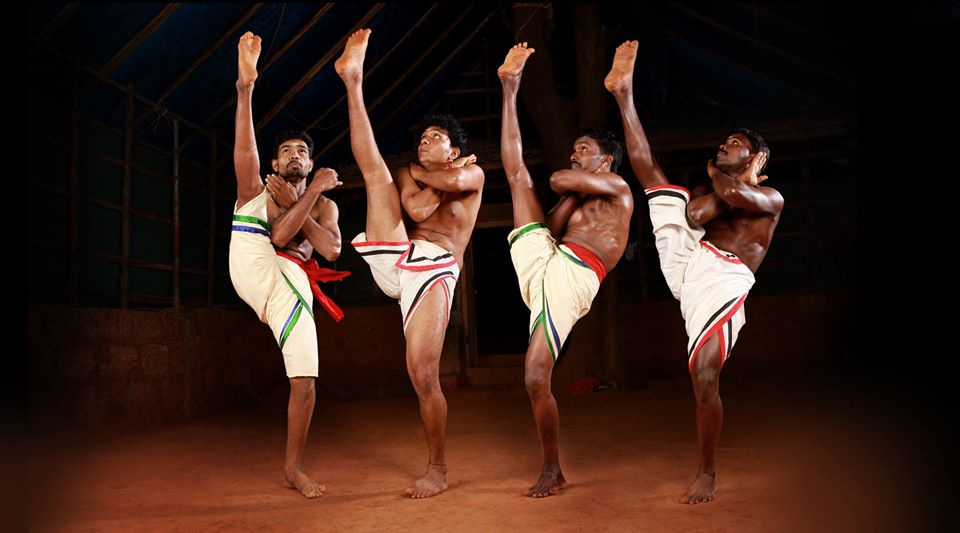Yoga or Martial Art? Unraveling the Parallels:
The ambiguity arises as positions in Kalari may resemble yoga to some and dance to others. Is it merely a set of advanced stretching exercises, or does it hold deeper significance? Kalari's visual association with well-trained adepts engaging in complex systems, including weapon fights, challenges the perception of it aligning with non-violent communication or meditative practices.
Defining Yoga:
Before drawing parallels, let's define "yoga." Today, various forms focus predominantly on physical well-being, often diluting the spiritual discipline aspect. In this context, we refer to yoga as a method of self-work, self-observation, and self-improvement, echoing both classical Patanjali yoga and 15th-century Hatha yoga. The former emphasizes meditation for liberation, while the latter integrates the body, using physical and breathing exercises.
Three Levels of Kalari Training:
Beyond martial art, Kalarippayattu unfolds as a rich, multifaceted system encompassing physical, mental, and spiritual dimensions. The physical involves understanding the body, mental engages with internal struggles, and spiritual delves into empathy and metaphysical connection.
What Connects Yoga and Kalari:
Shared aspects include ancient Indian roots, similar postures, coordinated breathing and movement, traditional knowledge transfer, understanding of anatomy, and holistic lifestyle practices. Both seek to develop a holistic personality with a spiritual dimension.
Three levels of Kalari Training:
Kalarippayattu is not only a martial art understood as a set of techniques used for defense and attack (as it has been used for centuries by Kerala warriors), but also a rich and complex system consisting of many stages of development.
Learning about your body, about your limitations and predispositions and developing and deepening technical skills..
On the mental level:
Learing to overcome struggel with internal blockades, limitations and fear, observing and controlling your emotions and reactions, developing and deepening understanding of awareness processes and developing discipline, mindfulness, balance, calmness and inner strength.
On the spiritual level:
Developing empathy, opening up to energy communication, increasing awareness and sense of metaphysical connection with the Kalari Tradition, the ancestors of the masters and the surrounding world and with the devine.
In the old days, training was preceded by practice of dhyanam – a kind of prayer and meditation, thanks to which the students focused on training without thinking about daily matters.
Training Dynamics in Kalari:
Dynamic and strenuous, Kalari's training adapts to individual skills and progression levels. Beginners start with basic exercises, gradually intensifying. Conditioning and stretching exercises fortify the body, preparing for movement sequences and combat. The training process emphasizes not just physical powess but also the ability to observe, respond, and harmonize energy-filled dialogues with a partner.
The Evolution of Kalari Practice:
Many Kalari masters highlight the evolution of focus from the physical to the spiritual as practitioners age. A shift occurs towards the medical aspect, herbal medicine, physiotherapy, meditation, and spiritual practices.
In essence, while Kalari and yoga may seem distinct, their shared roots and pursuit of spiritual enlightenment suggest a deeper connection, each representing a unique path toward a common goal. It's a fascinating exploration of how different practices converge on the journey to holistic well-being.
Start your training journey with the guidance of our esteemed partner, KAYA. Together, we pave the way for your transformative experience and well-being.
